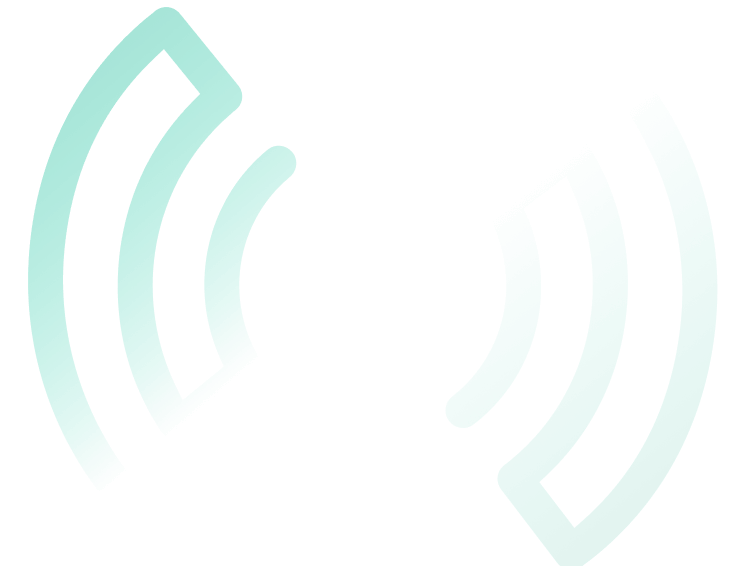The retail industry is fast-paced, and every moment counts. Shoppers demand a smooth and efficient experience from the moment they enter the store to the point of checkout. At the same time, retailers want to run their operations flawlessly. The payment processing system can have a direct impact on both the customer experience and the retailer’s operations. It’s the responsibility of retailers to find efficient and secure solutions that ensure a great customer experience, and this is where integrated payments in POS (Point of Sale) software come into play. Integrated payments combine payment processing with sales functionalities, offering a win-win situation for both the retailer and their customers. But what exactly are integrated payment solutions, and how do they work?
What are Integrated Payments?
Integrated payments refer to point-of-sale (POS) systems that also act as payment processors. This is in contrast to legacy POS systems that require a third-party processor, which is a separate payment terminal. With a third-party processor, there is no direct communication between the payment processor and the POS system. This means that when a transaction is made, the data is not captured automatically. As a result, customer payment information has to be entered into a separate terminal. However, modern POS systems like TCPOS now offer payment processing services, making them integrated POS systems.
With an integrated payment system, your credit card reader and POS system work together seamlessly. You don’t have to switch between screens, manually enter amounts, or deal with separate reports. Instead, integrated payments create a unified system where your POS software directly communicates with your payment processor. This leads to a more streamlined checkout process, fewer errors, and valuable time saved for both your business and customers.
How do Integrated Payments Work?
When you use a third-party payment system, the sales associate enters the total amount of the purchase into the payment gateway after the customer has completed the transaction in your POS system. The customer is then redirected to a separate website or app where they enter their payment information. The payment is processed through the third-party processor, and once it’s done, the customer is redirected back to your POS system. In some cases, the sales associate may need to manually update the POS system with the transaction details.
On the other hand, with an integrated payment system, the process is different. When a customer makes a purchase, the sales associate enters the items into the POS system, which retrieves the total bill amount. This amount is then securely sent to the integrated payment terminal. The customer can then swipe their card, insert a chip, or use contactless payment. The integrated payment terminal processes the transaction securely, and once approved, the authorisation is communicated back to the POS system. A receipt is printed for the customer, and the transaction details are automatically updated within the POS software.
Benefits of Integrated Payments
The are many advantages of integrated payments for both your business and customers. So, let’s get familiar with some of these key benefits:
Efficient business operations: With a legacy third-party processor, your team will spend long hours manually entering credit card data into your accounting system, and tallying payments to customer invoices. This is time time-consuming. Integrated payments eliminate the need for this manual entry of transaction data, saving valuable time at checkout. This means shorter queues, improved staff productivity, and a more efficient overall operation.
Improved accuracy: It can be frustrating to enter amounts into separate systems manually, and this can lead to errors. Integrated payments remove this risk by automatically transferring the correct amount, ensuring data accuracy, and reducing the need for manual reconciliations.
Better Customer Experience: Faster checkouts lead to happier customers. With integrated payments, your customers spend less time waiting in line and enjoy a smoother checkout experience, which boosts customer satisfaction and loyalty.
Simplified Data Management: During transactions, Integrated payments automatically update sales and inventory data in the POS system, eliminating manual data entry for accurate records. This improves inventory management, sales analysis, and reporting.
Increased Security: Integrated payments use secure communication protocols to process sensitive customer data internally instead of sharing it with an external third-party terminal. This approach minimizes the risk of data breaches, ensuring the protection of sensitive customer information. Payment processors adhere to strict security standards, providing businesses and customers with data security assurance.
Flexibility and Scalability: Integrated point-of-sale (POS) systems provide more payment options for customers, such as credit cards, debit cards, contactless payments, and mobile wallets. This ensures that your business can adapt to evolving payment trends and meet the different payment preferences of your customers. These integrated systems can grow along with your business, accommodating an increase in transactions and new payment methods.
How to Choose the Right Solution
Choosing the right POS system with integrated payments is important for your business, so, keep these key factors in mind:
- Industry-Specific Needs: Different industries have specific payment processing requirements. Ensure that the integrated solution caters to your industry’s needs, from recurring billing functionalities for subscription-based businesses to age verification for age-restricted products.
- Payment Processing Fees: Compare the pricing structures of different POS providers, including transaction fees, monthly fees, and any additional charges.
- Security Features: Security is paramount when dealing with customer financial data. Choose a solution like TCPOS which adheres to industry-standard security protocols like PCI-DSS compliance.
- Ease of Use: A user-friendly interface is important for both cashiers and administrators. Choose a system with an intuitive design and easy-to-follow instructions. This saves time on extensive training and onboarding. The benefit of having an easy-to-use system eliminates the need for extensive and complicated training, not only when the new system is being implemented for the staff but also when new staff is onboarded. This allows for seamless operations.
- Scalability: When considering the growth of your business, it’s important to choose an Integrated Point of Sale (POS) system that can adapt to your needs as you expand. Look for an integrated system that can seamlessly integrate with future technological advancements. If you plan to expand into new markets, make sure the solution you choose supports multiple languages, currencies, and taxes.
Other Features to Consider
Integrated payments can also provide numerous advanced features beyond simplifying checkouts. Some POS systems come with additional features, such as:
Inventory Management Integration: By receiving real-time updates on your inventory levels, based on sales transactions, you can have better control of your stock levels, and make informed purchasing decisions. With TCPOS, you can set up automated notifications that will alert you when your inventory drops to a specific level, prompting you to reorder and replenish your stock. This allows you to maintain optimal stock levels and avoid stockouts, ensuring that your customers always have access to the products they need.
Customer Loyalty Programs: Integrated payments can integrate with your customer relationship management platform, providing you with the ability to create and manage customer loyalty programs directly within the POS system, rewarding repeat customers and encouraging brand loyalty.
Reporting and Analytics: Generating comprehensive reports is a great way to gain valuable insights into your sales trends, customer behaviour, and payment preferences. This information can be particularly useful for creating targeted promotions and adapting prices, which can help to drive more sales and increase customer satisfaction.
Mobile Payment Integration: Accept contactless payments on the go through mobile wallet integration, catering to customers who prefer this payment method.
Integrated payments and POS systems, such as TCPOS, can help retailers remain competitive by streamlining operations, enhancing security, and improving the customer experience. Contact us to learn how TCPOS can benefit your business.











